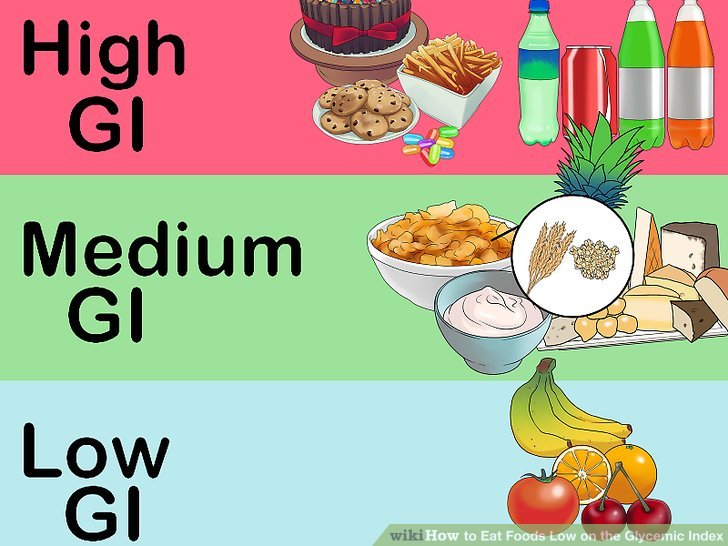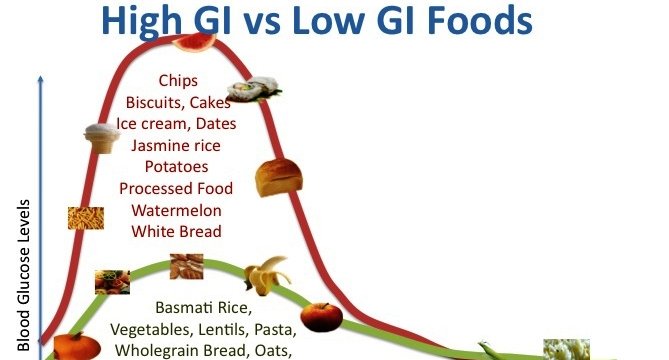Welcome to this series about Healthy Eating. Enjoy the commonsense precepts and principles. Enjoy the many benefits of Healthy eating.
In our quest for health and a healthy diet, it can be easy to become confused with all the available information today. There is a lot of correct information, but there is also a lot of misinformation too which is why it is so easy to be overwhelmed by information overload.
If you are someone who would like to stay healthy by eating right, then it is important to know that a “healthy diet” is made easier when you know a bit about your own body chemistry. To explain that statement, we basically need to become more knowledgeable in evaluating the nutritional value of the foods that we eat. To confidently know what to eat, we need to know why.
The Importance of the Glycemic Index
One of the first things to be aware of when making food choices is how each food affects the levels of blood sugar and insulin in our body. This has become a must not only for diabetics but for everyone, due to the over-consumption of easily available foods that contain far too much added sugar.
Foods that do not have adverse impacts on our blood sugar will keep our moods balanced, provide the right amount of energy and help maintain an ideal weight.
The problem is, how do we know how much impact a certain food can have on our blood sugar? This is where we need to be aware of the “glycemic index”.

The Glycemic Index Defined
The glycemic index or GI measures the impact of carbohydrates in our blood sugar. Carbohydrates that fall in the ‘high GI’ category are those that are too easily broken down to provide a quick release of glucose into our bloodstream.
The Glycemic Index is a very helpful tool in differentiating between good carbs and bad carbs, or more correctly, complex carbs and simple carbs.
Good carbs fall in the ‘low glycemic’ range which means they are foods that are easily broken down by the body in a slow and steady manner. This process keeps blood sugar and insulin levels more stable.
On the other hand, carbs that are classified in the ‘high GI’ category are rapidly converted to blood glucose, triggering a panic insulin release rather than a measured steady response. The insulin quickly ‘sweeps’ the glucose from the blood, some of which becomes body fat.

The excess insulin release depletes the blood’s glucose to a sub-normal level. The lower than normal blood glucose causes fatigue and the brain responds by inducing hunger symptoms in an attempt to restore normal levels. This causes us to reach for a dietary ‘quick-fix’, usually more high GI carbs, and the unhealthy cycle continues.
The Glycemic Index was originally created to help diabetics control their blood sugar and insulin levels, however, nutritional experts realize that the Glycemic Index can be a helpful tool for everyone, not just diabetics.
Making Wise Food Choices
The Glycemic Index is in no way the single determinant of what is good food or otherwise. Foods that are ‘high GI’ are not all villains while ‘low GI’ foods are not all excellent sources of nutrition.
In addition to classifying foods according to their GI, the nutritional content of each food must be considered. In other words, common sense must be used in conjunction to consult the Glycemic Index and it should not be used as a sole basis for making wise dietary choices.
For more blogs please go to www.NicksDigitalSolutions.com and choose Nicks blog.
For E-Learning material, please go to www.NicksDigitalSolutions.com and choose E-Learning Shop and, in particular, the Health and Wellness or Seniors options.
Nick Thorne is the founder of NicksDigitalSolutions Limited a company that specialises in Education, Training and Writing. He lives in Levin, New Zealand
